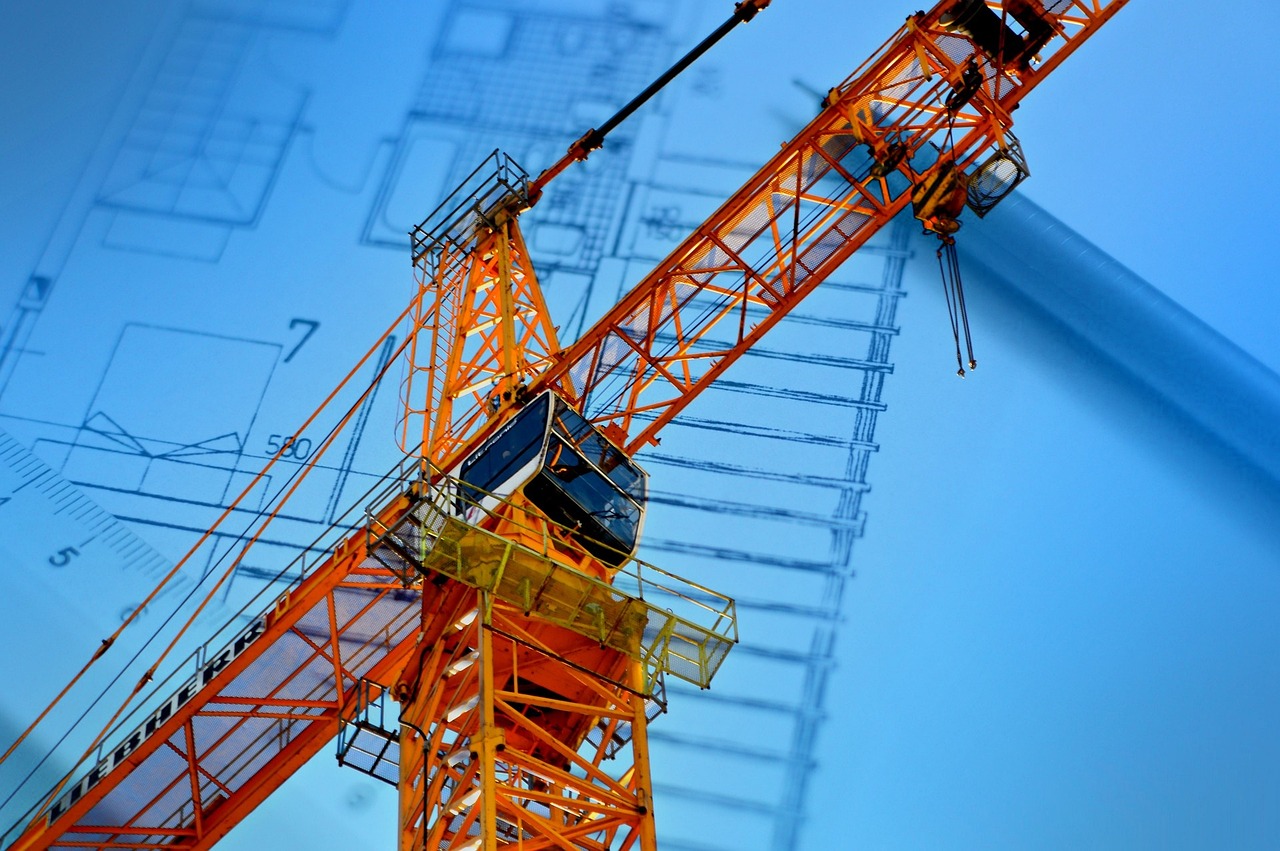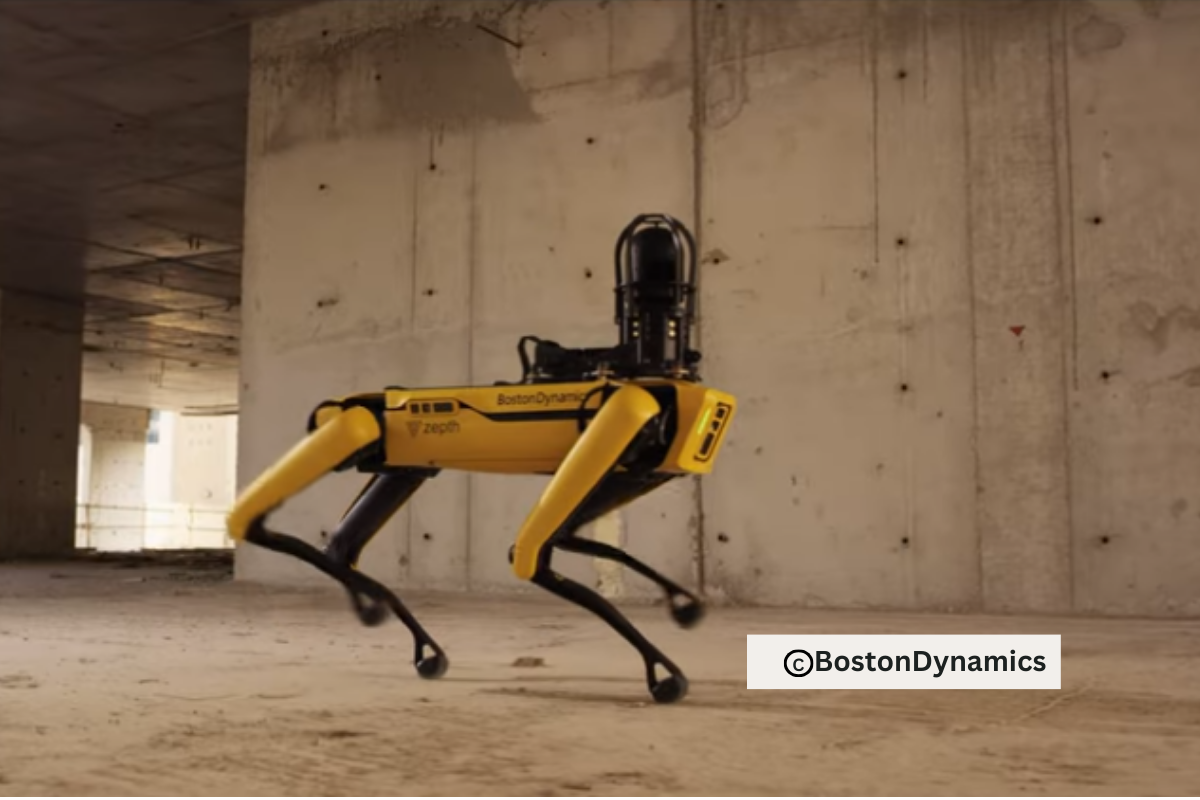The construction sector has made phenomenal progress recently thanks to automation and technology. A number of factors, including the constant growth of technology, the construction sector is on the verge of a transformational phase.
In particular, robotics is revolutionising the field of construction management by bringing cutting-edge technologies that improve productivity, safety, and sustainability. Mentioned below are several robotic developments in the construction industry with an emphasis on their practicality.
Zepth 360 stands out among these developments as a ground-breaking platform that combines several robotic technologies to revolutionise the construction management industry.
Swarm robotics and autonomous heavy equipment are two developments that are poised to revolutionise construction management and bring about a number of benefits that were previously merely fantasies on blueprints.
This article delves into the evolving landscape of robotic applications in construction, envisioning a future where various innovative robotic technologies revolutionise the way we build and manage structures.
Automated Site Survey and Analysis:
Automated site analysis and survey have become essential elements of the contemporary building industry. It is now possible to efficiently survey and analyse construction sites with precision thanks to the integration of cutting-edge robots and sensor technology.
Drones that are outfitted with high-resolution cameras and LiDAR sensors fly through the air collecting extensive data that is later used to create precise 3D terrain models. As a result, early construction planning is streamlined, allowing architects and engineers to make defensible judgments based on actual data.
In addition to speeding up the design process, automated site surveys improve site safety by reducing the need for manual data collecting in potentially dangerous locations.The dynamic platform from Zepth 360 serves as a catalyst, enabling real-time data gathering, communication, and collaboration amongst construction projects.
Autonomous Material Handling:
The construction sector is now entering the era of autonomous material handling, which has completely changed how materials are controlled and transferred on-site. Robotic vehicles with superior navigation systems move supplies on their own to predetermined locations, eliminating the need for manual labour and speeding up project schedules.
The reliable distribution of heavy loads by these autonomous movers reduces the possibility of worker injuries and improves overall site safety. Construction projects can be made more productive, economical, and resource-efficient by streamlining their material handling procedures, which eventually speeds up project completion.
Insights from Zepth 360 and real-time data enable risk assessment and accurate decision-making, while robotics perform dangerous tasks, lowering the chance of accidents and injuries.
3D Printing and Additive Manufacturing:
Construction approaches are experiencing a paradigm shift because of 3D printing and additive manufacturing. Robotic arms using cutting-edge printing technology carefully layer building materials to produce complex structures with remarkable precision. This method avoids material waste while also expediting the pace of construction.
Building components and complete structures may now be customised and innovated in ways that were never before possible thanks to 3D printing. By facilitating environmentally friendly, economically sensible, and aesthetically pleasing constructions, this revolutionary technology has the potential to completely transform the construction industry.
On-Site Construction and Assembly :
With the introduction of robotics into the industry, on-site construction and assembly are evolving. Cobots, or collaborative robots, collaborate with human employees to complete complex tasks which require precision.
By taking on physically hard and potentially dangerous tasks, these robots not only increase production but also offer a safer working environment.
Automation increases efficiency while lowering the danger of human error and worker fatigue in construction projects by automating tasks like bricklaying, welding, and assembly.
Structural Health Monitoring and Maintenance :
Robots with cutting-edge sensors and AI algorithms have taken centre stage in the field of structural health monitoring and maintenance. These robots move across the construction site, continuously gathering information on the stability of the infrastructure and buildings.
Construction managers can decide on necessary maintenance and predicted issues in advance by studying this data in real-time. This proactive approach to structural health ensures a durable and resilient built environment by increasing safety while also extending the lifespan of constructed assets.
Safety Inspections and Hazardous Tasks:
Enhancing safety inspections and tackling risky tasks in construction are two areas where robotic integration is making substantial progress.
Robots with cameras, sensors, and remote control capabilities can enter small areas, locations containing hazardous substances, and places at high altitudes. By doing so, the necessity for humans to perform risky jobs is removed, lowering the possibility of accidents and injuries.
Construction sites establish safer working conditions and uphold a high standard of worker wellbeing by assigning dangerous tasks to robots.
In conclusion,
The integration of robotics with Zepth 360 marks an important milestone in the development of construction management. This beneficial relationship improves project outcomes as well as safety, sustainability, and operational efficiency.
Zepth 360 and robotics are at the forefront of innovation in the construction sector, bringing in a time where productivity, intelligence, and sustainability coexist peacefully and redefining the fundamental foundation of construction management as we know it.




